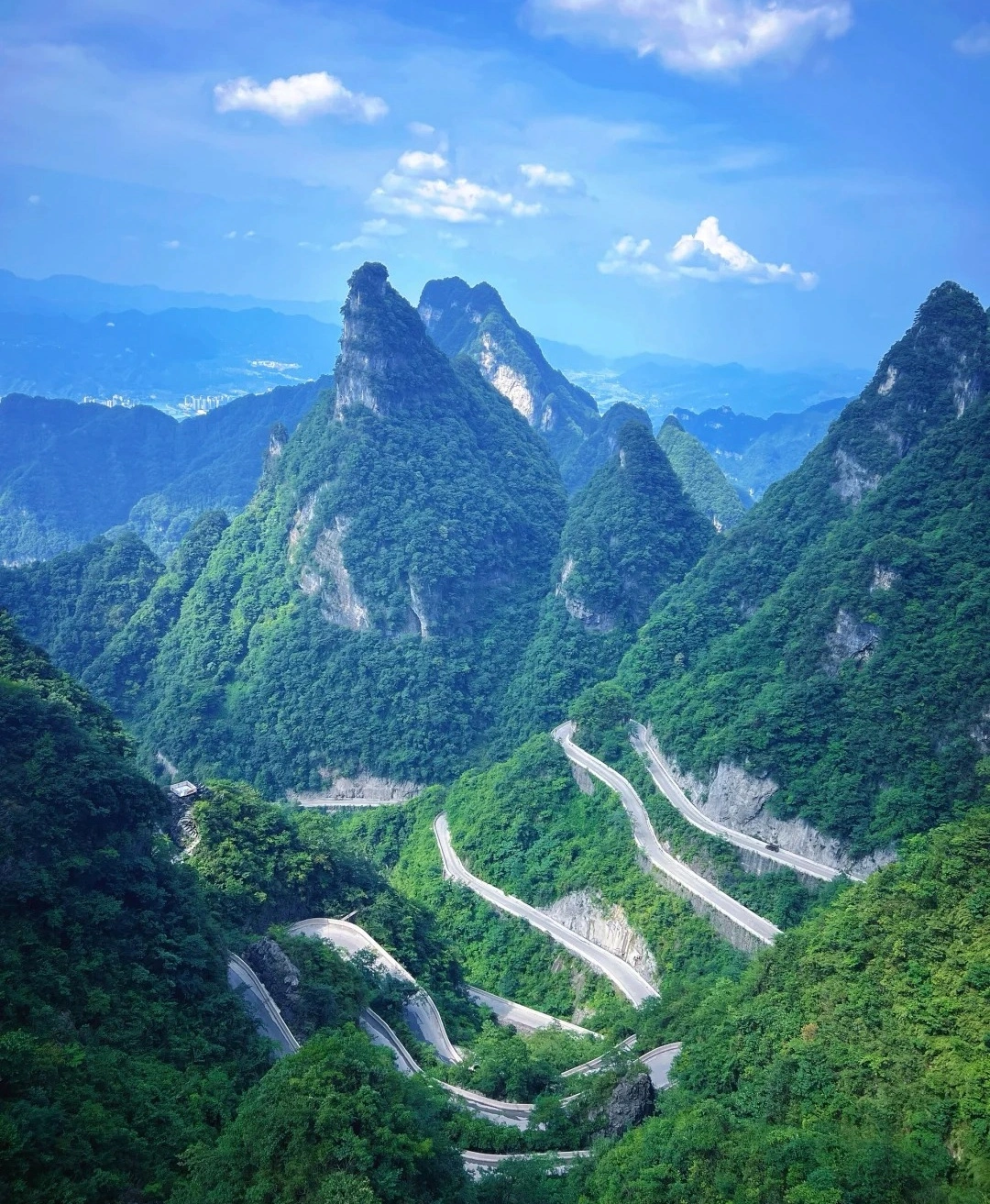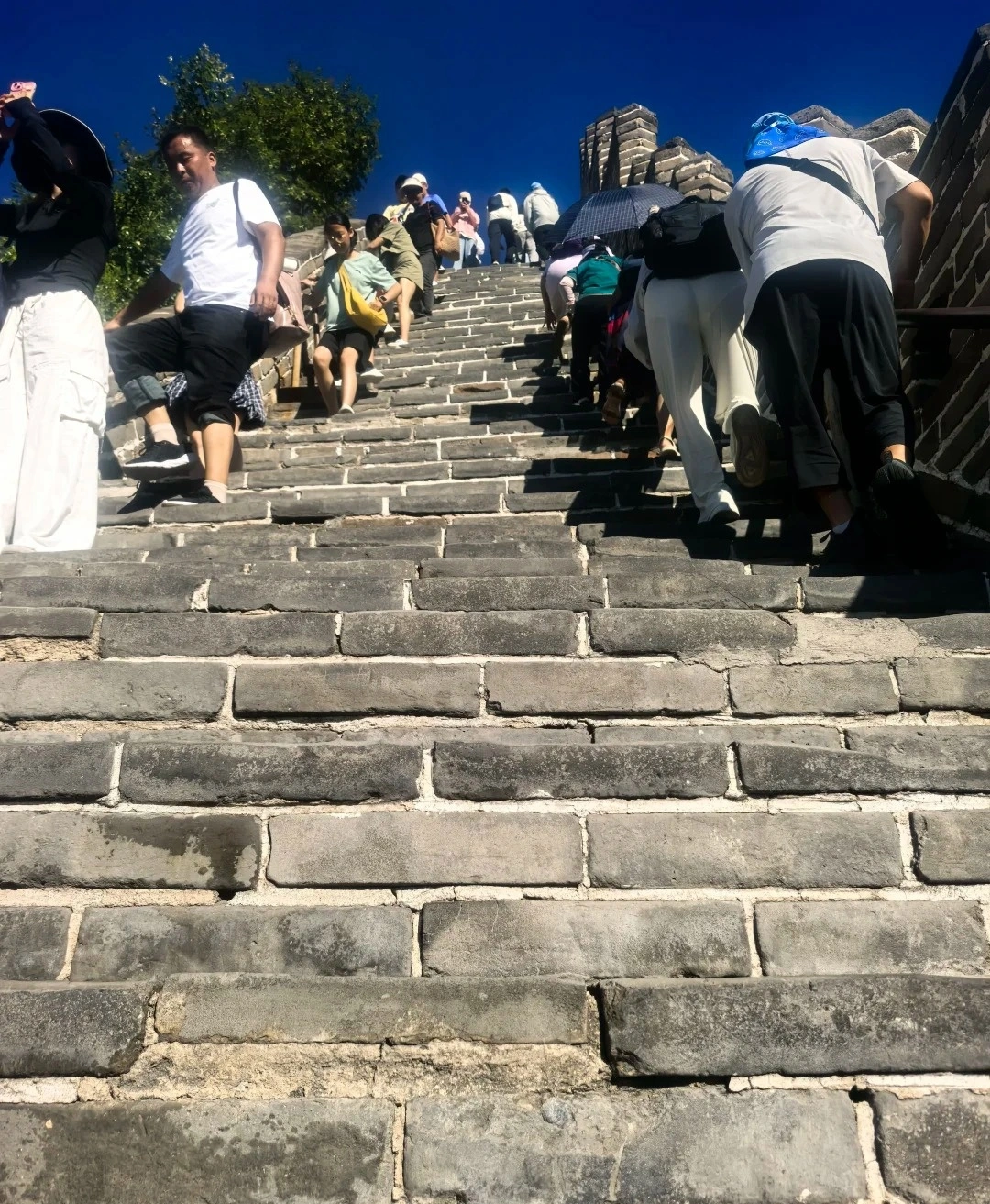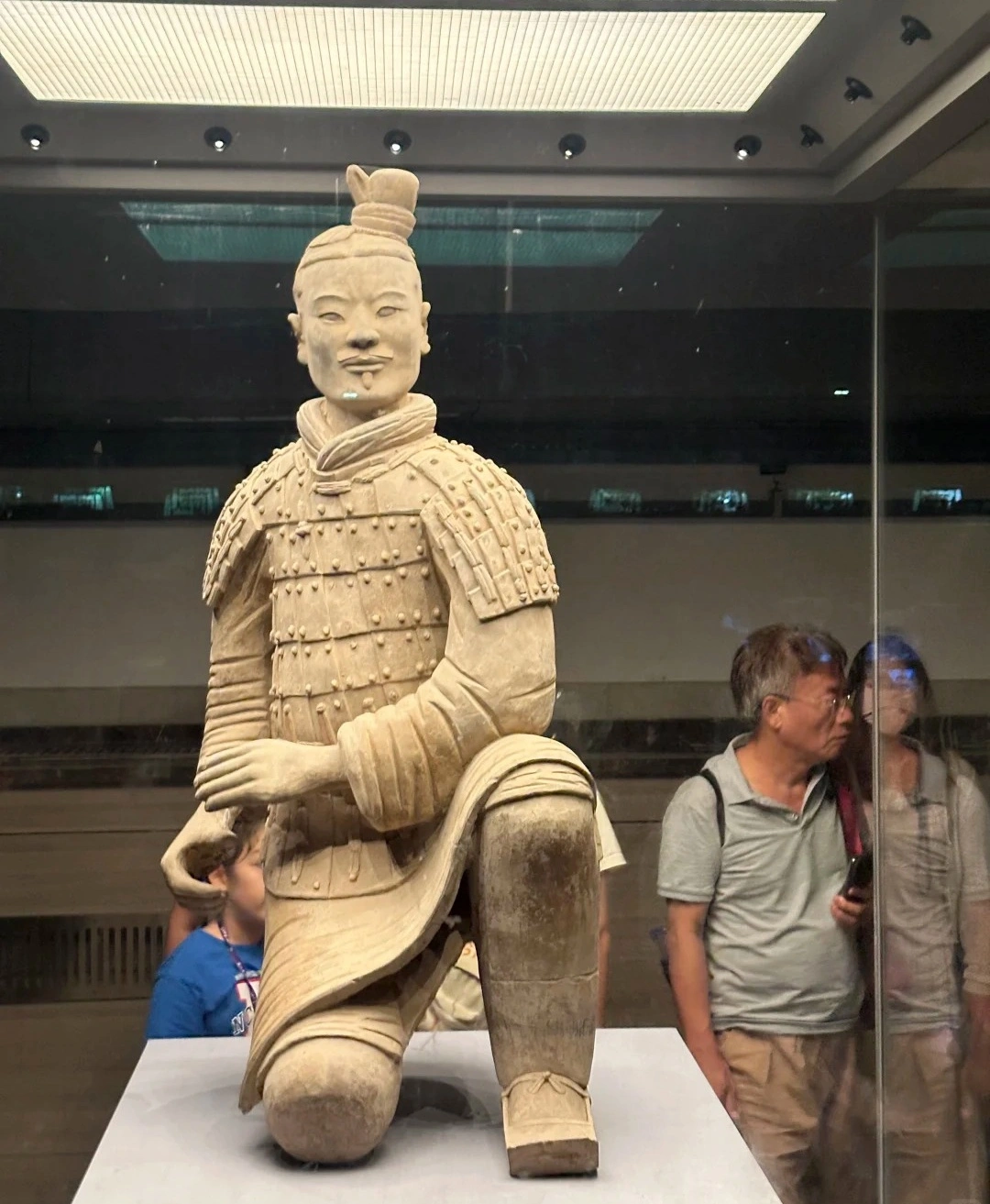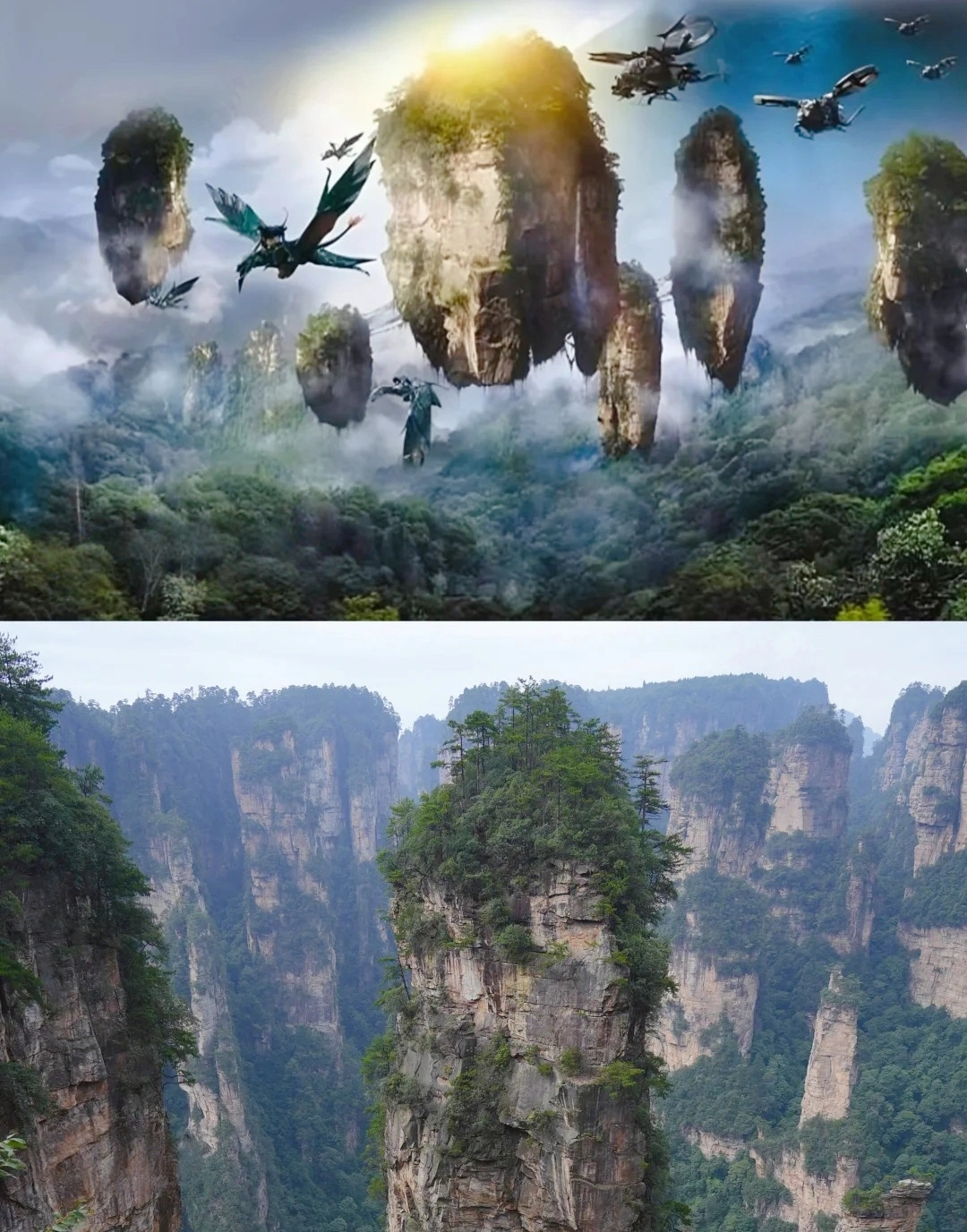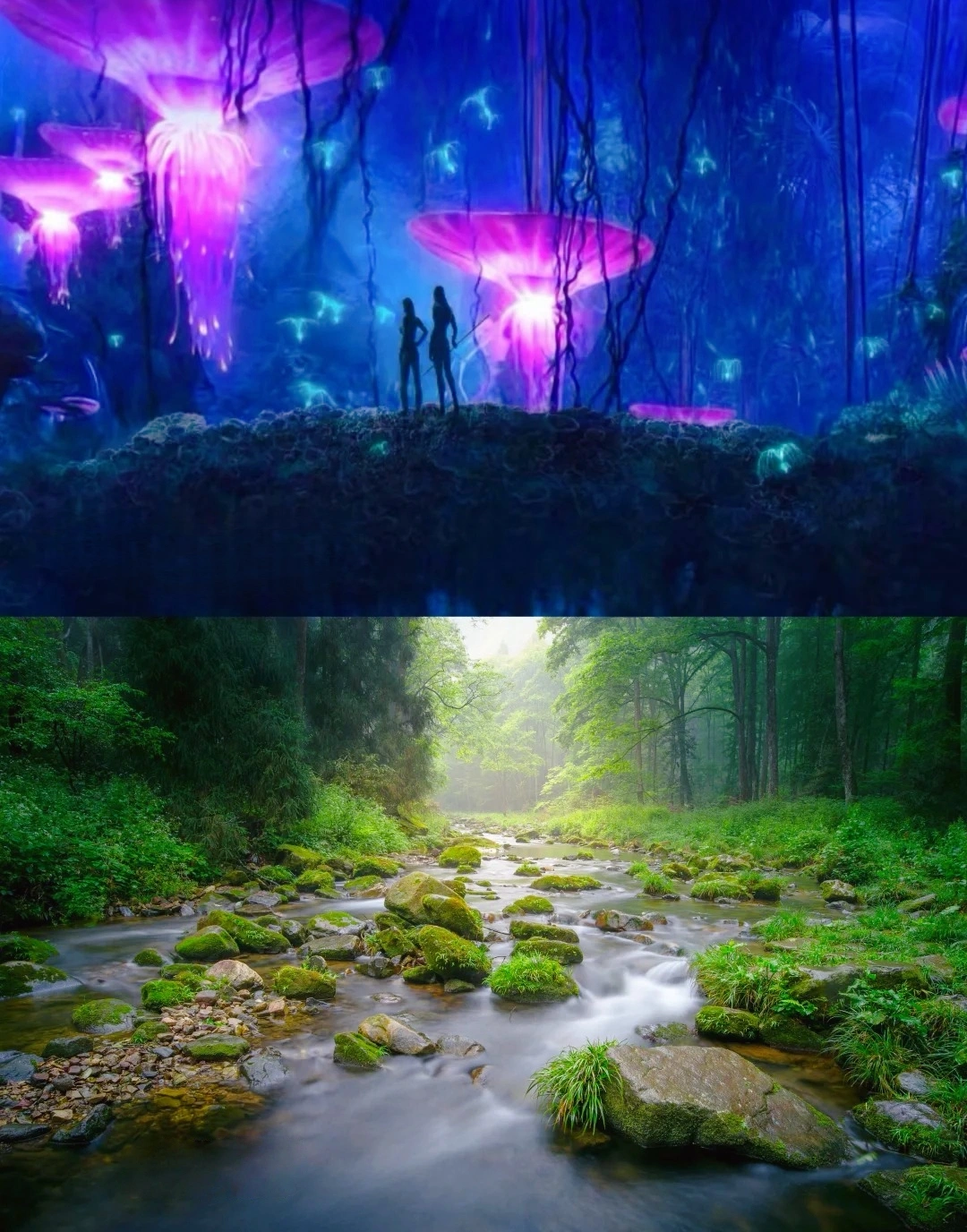Top 10 Lakes in Tibet
Tibet, often called the "Roof of the World," is home to some of the most breathtaking and sacred lakes on Earth. From turquoise glacial lakes to spiritually significant bodies of water, here are the top 10 lakes in Tibet that every traveler should experience:
1. Yamdrok Tso (Yamdrok Lake)
Location: Lhoka Prefecture, near Lhasa
Highlights: Known as the "Turquoise Goddess," Yamdrok Tso is one of Tibet’s three sacred lakes. Its electric-blue waters shift hues with the light, surrounded by snow-capped peaks.
Why Visit: Drive the stunning 90-km lakeshore road, visit the Gangbala Monastery overlook, and witness local pilgrims performing rituals.
Best Time: May–October (clear skies and vibrant colors).
2. Lake Manasarovar (Mapam Yumco)
Location: Ngari Prefecture, near Mount Kailash
Highlights: Sacred to Hindus, Buddhists, Jains, and Bonpo followers, this freshwater lake is believed to cleanse sins. Its serene waters reflect the towering Gurla Mandata peak.
Why Visit: Combine a visit with the Mount Kailash pilgrimage, take a sacred bath, or camp under starry skies.
Best Time: May–September (milder weather for trekking).
3. Namtso Lake (Tengri Nor)
Location: Damxung County, north of Lhasa
Highlights: At 4,718 meters, Namtso is one of Tibet’s highest and most sacred lakes. Its crystal-clear waters mirror the Nyenchen Tanglha Mountains.
Why Visit: Hike along the shoreline, visit Tashi Dor Island Monastery, and witness stunning sunrises over the lake.
Best Time: June–September (road accessible; avoid winter snow).
4. Basumtso Lake (Basum Co)
Location: Gongbo’gyamda County, Nyingchi
Highlights: A glacial lake surrounded by lush forests and the iconic South迦巴瓦 Peak (often hidden in clouds). The lake’s island hosts the ancient Zaxi Congba Monastery.
Why Visit: Boat across the turquoise waters, hike scenic trails, and enjoy homestays with local Tibetan families.
Best Time: April–June (rhododendron blooms) or September–October (autumn foliage).
5. Pangong Tso (Banggong Co)
Location: Ngari Prefecture (partly in India/China border region)
Highlights: Famous for its ever-changing shades of blue, this high-altitude lake straddles the Tibet-India border. Its remote location adds to its mystique.
Why Visit: Photograph the dramatic landscapes, spot migratory birds, and experience the tranquility of this untouched wilderness.
Note: Permits required; check travel restrictions before planning.
6. Peiku Tso (Peilko Co)
Location: Ngari Prefecture, near Mount Kailash
Highlights: A lesser-known but equally stunning lake, Peiku Tso lies at the foot of Gurla Mandata (7,694m). Its deep blue waters contrast with the arid surroundings.
Why Visit: Combine with a Mount Kailash or Lake Manasarovar trip for a quieter, off-the-beaten-path experience.
Best Time: May–October (accessible by road).
7. Dangra Yumtso (Tangra Yumco)
Location: Lhoka Prefecture
Highlights: A sacred lake surrounded by pastoral landscapes and traditional Tibetan villages. Its calm waters reflect the nearby Kangdega Mountains.
Why Visit: Hike the scenic trails, interact with nomadic herders, and enjoy peaceful lakeside picnics.
Best Time: June–August (warm weather for outdoor activities).
8. Tso Ngonpo (Blue Lake)
Location: Nagqu Prefecture
Highlights: A hidden gem in northern Tibet, this glacial lake is known for its intense blue color and remote wilderness setting.
Why Visit: Escape the crowds, camp under the stars, and explore the surrounding grasslands and wetlands.
Note: Requires a 4x4 vehicle and local guide due to rough terrain.
9. Lhamo La-tso (Lhamo Latso)
Location: Lhasa Prefecture
Highlights: A small but spiritually significant lake where high lamas are said to receive visions. Its mirror-like surface reflects the surrounding mountains.
Why Visit: Experience the mystical atmosphere, join local pilgrims in prayer, and hike to nearby monasteries.
Best Time: May–September (mild temperatures).
10. Siling Co (Seling Tso)
Location: Nagqu Prefecture
Highlights: Tibet’s second-largest lake, Siling Co is a vast saltwater expanse surrounded by nomadic grazing lands. Its shores are home to rare wildlife like black-necked cranes.
Why Visit: Witness traditional Tibetan nomad culture, birdwatch, and enjoy the endless horizons of the Tibetan Plateau.
Best Time: July–August (lush green pastures).
Final Tips for Lake Lovers in Tibet
- Permits: Many lakes require a Tibet Travel Permit and additional border passes (e.g., for Pangong Tso or Mount Kailash regions).
- Altitude: Most lakes sit above 4,500 meters—acclimatize properly to avoid altitude sickness.
- Best Seasons: May–October offers the best weather, though winter (December–February) provides snowy landscapes with fewer tourists.
Contact Us
What Our Clients Say?
Based on 10,000+ traveler reviews

